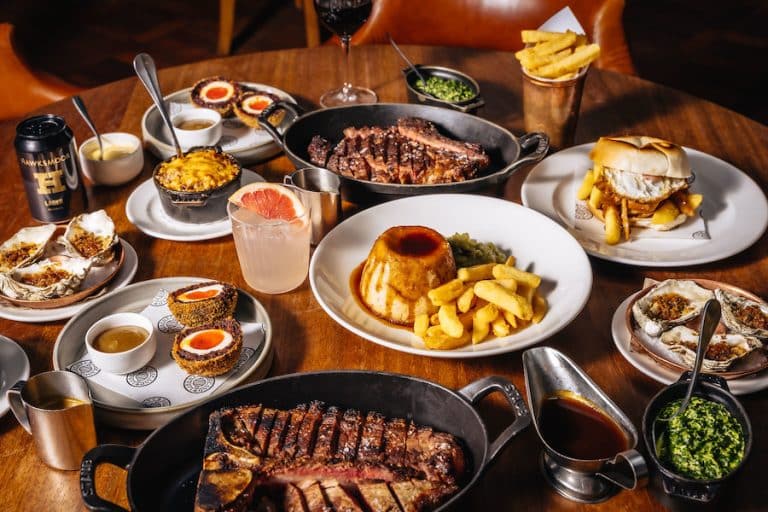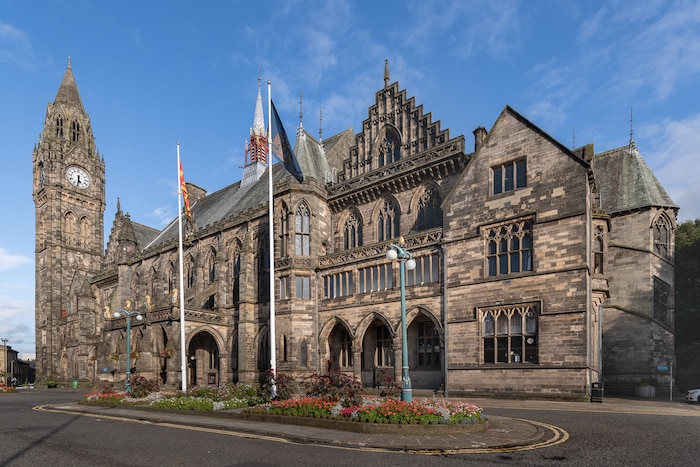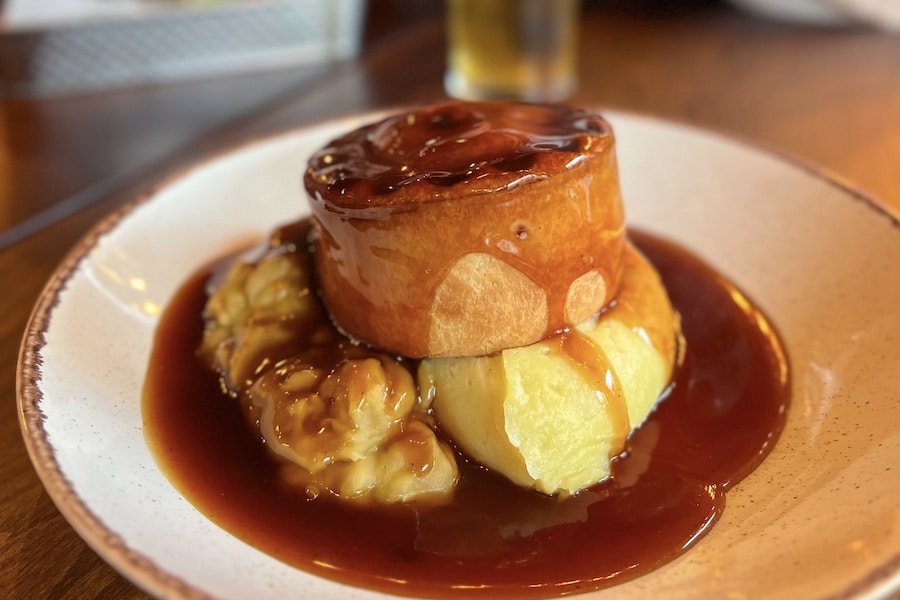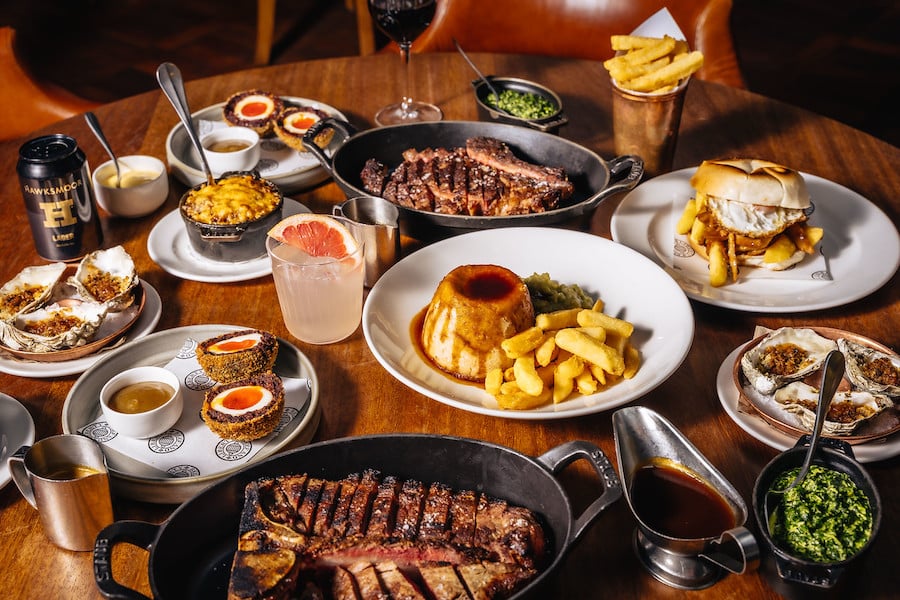How Manchester’s Little Italy transformed the ice cream industry forever
- Written by Thom Bamford
- Last updated 2 years ago
- City of Manchester, Cornerstone, Featured, History
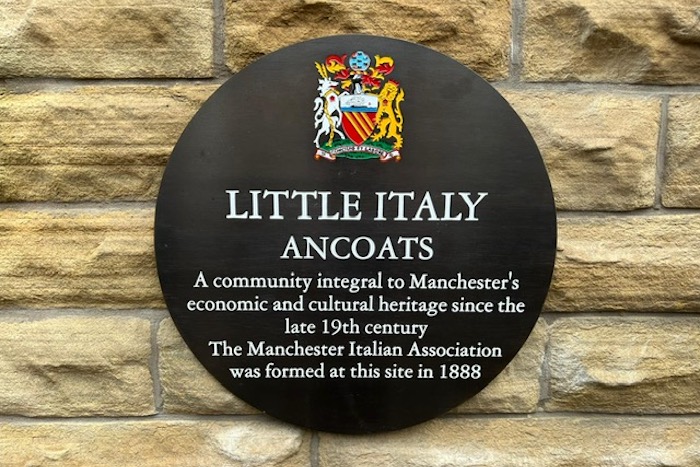
Manchester is an amazing place to get some sweet treats.
But did you know, the city is widely credited with the invention of the ice cream cone?
Despite the genesis of the ice cream cone being hotly contested, in 1901, Antonio Valvona, an Italian citizen living in Ancoats filed a patent for an “Apparatus for Baking Biscuit Cups for Ice Cream.”
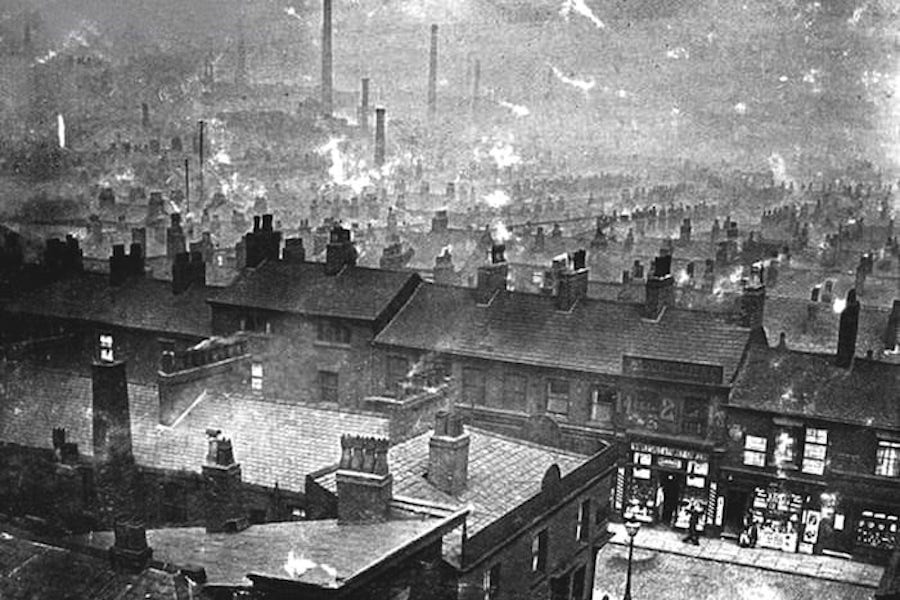
The device was designed for baking “dough or paste…composed of the same materials as are employed in the manufacture of biscuits [that is, cookies], and when baked the said cups or dishes may be filled with ice cream, which can then be sold by the vendors of ice-cream in public thoroughfares or other places.”
Valvona’s invention of the ice cream cone, born out of his determination and ingenuity, not only transformed the ice cream industry but also became an emblem of the Italian immigrant community’s rich contribution to Manchester’s cultural landscape.
In the 19th century Ancoats, Manchester, a thriving community of ice cream artisans emerged, fuelled by the dreams of Italian immigrant families.
Some settled in the Ancoats area of Manchester, and for the next hundred years they created what became known as Manchester’s ‘Little Italy’.
A plaque has been installed at Halle at St Michael’s to officially recognise Little Italy Ancoats, “a community integral to Manchester’s economic and cultural heritage since the late 19th century”.
In 1901, Valvona successfully patented a machine capable of producing edible biscuit cups for his delectable frozen treats.
Although the concept of serving ice cream in such vessels was not entirely novel, with Agnes B Marshall publishing a similar recipe for baked cornets in 1887, Valvona’s collaboration with businessman Frank Marchiony allowed him to mass-produce these cups in New York, a remarkable achievement that predated the widespread popularity of ice cream cones, then known as cornucopias, at the 1904 St. Louis World’s Fair.
For some, ice cream was a temporary endeavour, but it became a way of life for others.
These pioneers laid the foundation for Manchester’s ice cream industry, captivating the taste buds of young children who eagerly queued up, pennies in hand, for these mouth-watering creations.
And if this has piqued your tastebuds, here’s some of the best places to get an ice cream in Manchester.
The Italian Immigrant Pioneers
In the early 20th century, Manchester became a haven for Italian immigrants seeking new opportunities and a better life.
Among these enterprising individuals were the Valvona family, who brought with them a deep appreciation for ice cream and a desire to innovate.
Inspired by their love for this frozen delight, Antonio Valvona embarked on a journey that would leave an indelible mark on the world of desserts.
The names of Manchester’s renowned ice cream families echoed through the streets like music, drawing out people on the hunt for a sweet treat.
Families like Marco Rea and Sons, Vincenzo Schiavo (Vincent’s Ices), Carlo Tiani’s, Boggiano’s (Peter Burgon’s), Gerardo Scappaticci (Gerard’s Ices), and Bernardo Scappaticci (Ben’s Ices) became synonymous with the finest ice cream in the city.
Carlo Visco’s (Mamma It’s Carlo), Rocca’s, Pessagno’s, Pandolfo’s, Trulio’s, Sivori’s, Raffo’s, Marocca’s, Meschia’s, Granelli’s (of Oldham Road), Bacigalupo’s, Mattiusi, Luchetti, Cabrelli’s, Granelli’s (North Road Clayton), Longinotti’s, Bertaloni’s, Coniola’s, Andrucci’s (Andrew’s), Perselli’s, Levaggi’s of Denton, and more crafted their ice cream with unparalleled expertise.
Was the Ice Cream cone invented in Manchester?
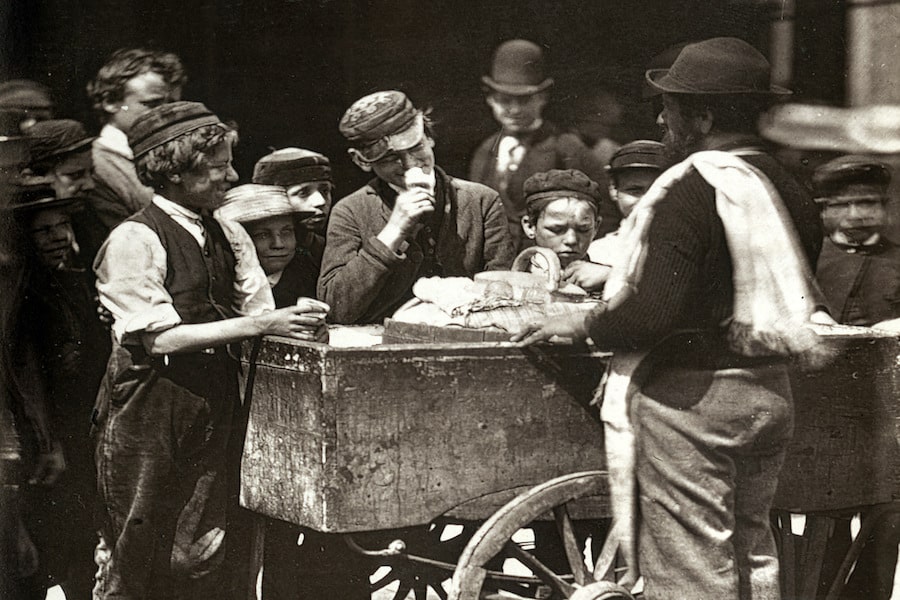
In 1901, Antonio Valvona, a proud Italian citizen residing in Manchester, filed a patent for his groundbreaking invention—an “Apparatus for Baking Biscuit Cups for Ice Cream.”
This ingenious device allowed Valvona to create edible cups made from a dough or paste similar to biscuits or cookies.
Once baked, these cups could be filled with ice cream, transforming them into a convenient and portable vessel for this delightful treat.
At a time in the 1890s, there were grave health concerns over the use of the ‘licking glass’ in eating ice cream – a seller would serve a customer a scoop of ice cream in a glass, wash it, and then use it for the next customer.
Many glasses were not scrupulously washed and the sanitary authorities threatened to ban the sale of ice cream.
Valvona’s edible cone provided a sanitary and enjoyable alternative.
The Valvona-Marchiony Company
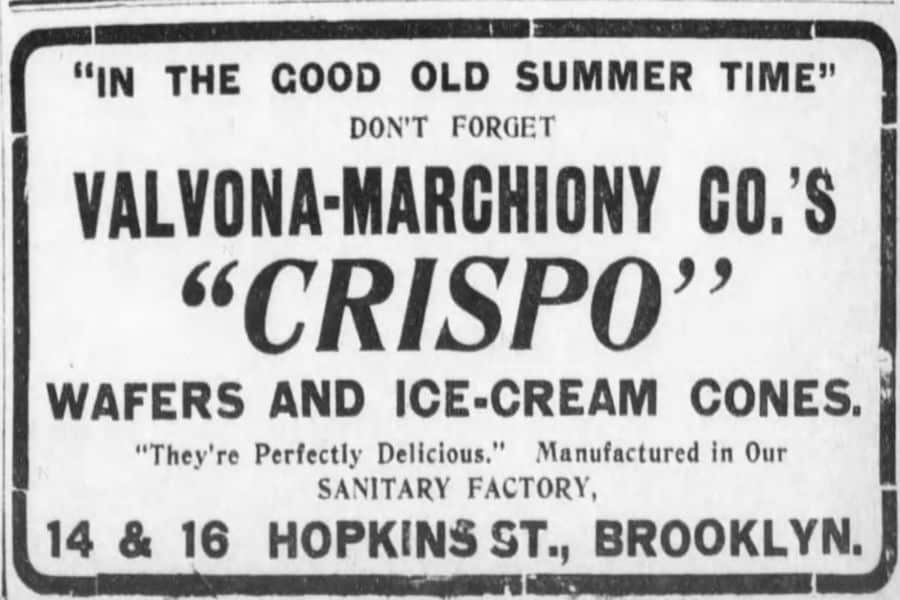
The following year, Valvona joined forces with Frank Marchiony, an Italian immigrant living in New York.
Together, they founded the Valvona-Marchiony Company, which manufactured and distributed their patented biscuit cups, forever changing the way ice cream was enjoyed.
Valvona oversaw operations from their factory in Manchester, while Marchiony managed the American division, solidifying the transatlantic partnership that propelled their invention to international fame.
Italian Immigrants in Manchester
In Manchester’s lively streets, Italian immigrant families played a pivotal role in shaping the city’s ice cream culture.
Families like the Valvonas became the backbone of the ice cream industry, honing their craft and captivating the taste buds of locals.
These families embodied the essence of the Italian immigrant experience, infusing their ice cream with their homeland’s flavours, traditions, and warmth.
The success of the ice cream cone owed much to the skilled biscuit manufacturers in Manchester.
The famous Antonelli family, whose business began as the International Wafer Co. in Salford in 1912 and continues to thrive in Eccles, played a vital role.
Alongside them, Colaluca and Rocca contributed to the production of cones, wafers, and twists that complemented the ice cream experience.
However, particular recognition is due to Antonio Valvona, whose company introduced the revolutionary “Twist” ice cream cone.
Challenges During World War II
The ice cream industry suffered a severe blow during World War II.
Rationing and internment led to the closure of many family businesses, including ice cream factories, milk bars, and street vendors.
However, the Antonelli family, now operating as the renamed International Biscuit Company Ltd., adapted by supplying pre-packed biscuits to the military.
Their generosity, particularly Mr Domenico Antonelli’s, saved numerous families from financial ruin, providing them with biscuits to sell and support themselves, often exceeding their ration allowances.
Post-War Resurgence and Transformation
With the end of the war came a period of renewed hope and prosperity.
As austerity waned, people rushed to embrace the return of so-called “luxury” items, including ice cream.
Sons returned from the front, and fathers emerged from internment, reestablishing the old family businesses.
Motorised vehicles replaced pony carts and pushcarts, with traditional vendor shouts replaced by melodious chimes imported from Switzerland.
Expanding Territories and the Rise of the “Ice Cream Wars”
The post-war baby boom and subsequent housing estate developments, coupled with the introduction of motorised ice cream vans, expanded the territories, or “rounds,” of ice cream sellers.
However, conflicts often arose as new selling boundaries emerged between established families and the influx of Italian immigrants, especially those from Sicily.
These conflicts sometimes escalated into vendettas, leading to what became known as the “Ice Cream Wars.”
The national press latched onto these stories, often embellishing them with colourful references to the “Mafia.”
Streets witnessed heated arguments among multiple ice cream vans vying for ownership.
The competition was fierce.
The Ice Cream Cone
As Manchester’s Italian immigrant community grew, so did the popularity of the ice cream cone.
The Italian-inspired creation became a unifying symbol, celebrating the community’s culinary heritage and entrepreneurial spirit.
Young children eagerly lined up with their pennies, savouring the mouth-watering ice cream scoops nestled within Valvona’s edible cups.
Italian Artisans and the Edible Cone
The success of the ice cream cone in Manchester owes much to the expertise of Italian artisans who brought their biscuit-making skills to the city.
Families like the Antonellis, renowned for their biscuit manufacturing business, played a crucial role in producing cones, wafers, and twists that complemented the ice cream experience.
Their craftsmanship passed down through generations, ensured that the edible cone became an integral part of the ice cream culture in Manchester
The Fragmentation and Changing Landscape
Some families sought franchise opportunities with large national companies like Walls’ “Mr Whippy” and Lyons Maid’s “Mr Softee.”
This marked a shift from families involved in both ice cream production and sales to those specialising in wholesaling or becoming self-employed ice cream van vendors.
The latter could offer competitive prices by shopping around.
Unfortunately, this competition and fragmentation led to the decline of local ice cream families and the growing dominance of national companies.
Perhaps, had the Italian ice cream families united, forming a cooperative instead of engaging in price wars, they would have wielded greater influence in the industry today.
Despite the challenges faced during the Second World War, Manchester’s ice cream industry endured.
Rationing and internment forced temporary closures, but the indomitable spirit of the Italian immigrant families prevailed.
The Antonelli family, who renamed their business the International Biscuit Company Ltd., diversified by supplying pre-packed biscuits to the military, supporting other ice cream businesses during those trying times.
Antonio Valvona, an Italian immigrant living in Manchester, bestowed upon the world a delightful gift—the ice cream cone.
His invention, born out of a passion for ice cream and a desire to innovate, became a symbol of Manchester’s Italian immigrant community.
- This article was last updated 2 years ago.
- It was first published on 10 December 2021 and is subject to be updated from time to time. Please refresh or return to see the latest version.
Did we miss something? Let us know: [email protected]
Want to be the first to receive all the latest news stories, what’s on and events from the heart of Manchester? Sign up here.
Manchester is a successful city, but many people suffer. I Love Manchester helps raise awareness and funds to help improve the lives and prospects of people across Greater Manchester – and we can’t do it without your help. So please support us with what you can so we can continue to spread the love. Thank you in advance!
An email you’ll love. Subscribe to our newsletter to get the latest news stories delivered direct to your inbox.
Got a story worth sharing?
What’s the story? We are all ears when it comes to positive news and inspiring stories. You can send story ideas to [email protected]
While we can’t guarantee to publish everything, we will always consider any enquiry or idea that promotes:
- Independent new openings
- Human interest
- Not-for-profit organisations
- Community Interest Companies (CiCs) and projects
- Charities and charitable initiatives
- Affordability and offers saving people over 20%
For anything else, don’t hesitate to get in touch with us about advertorials (from £350+VAT) and advertising opportunities: [email protected]

Lowry’s most iconic painting becomes a thrilling immersive experience

Five’s first full reunion in 25 years hits Manchester this Autumn









